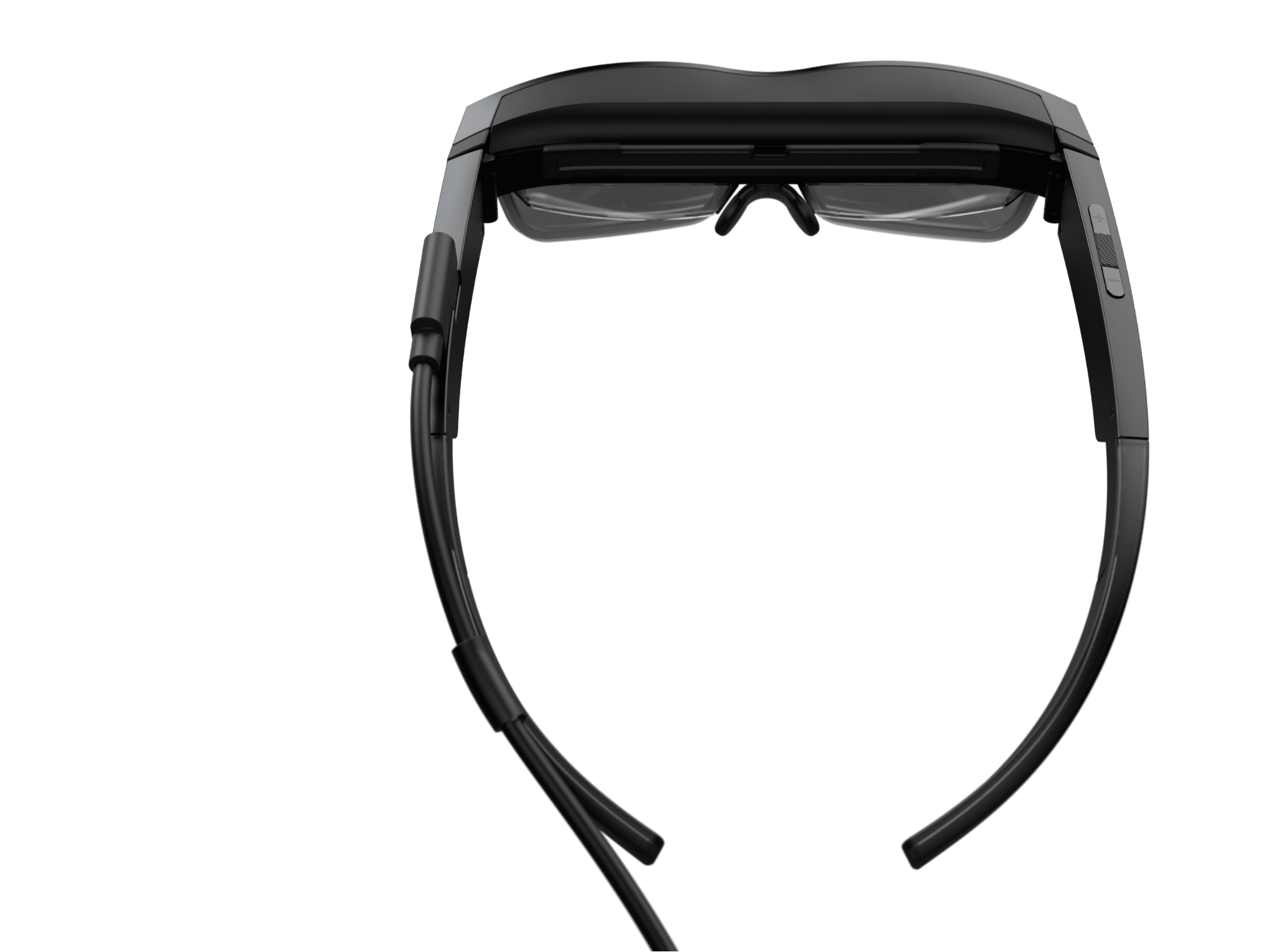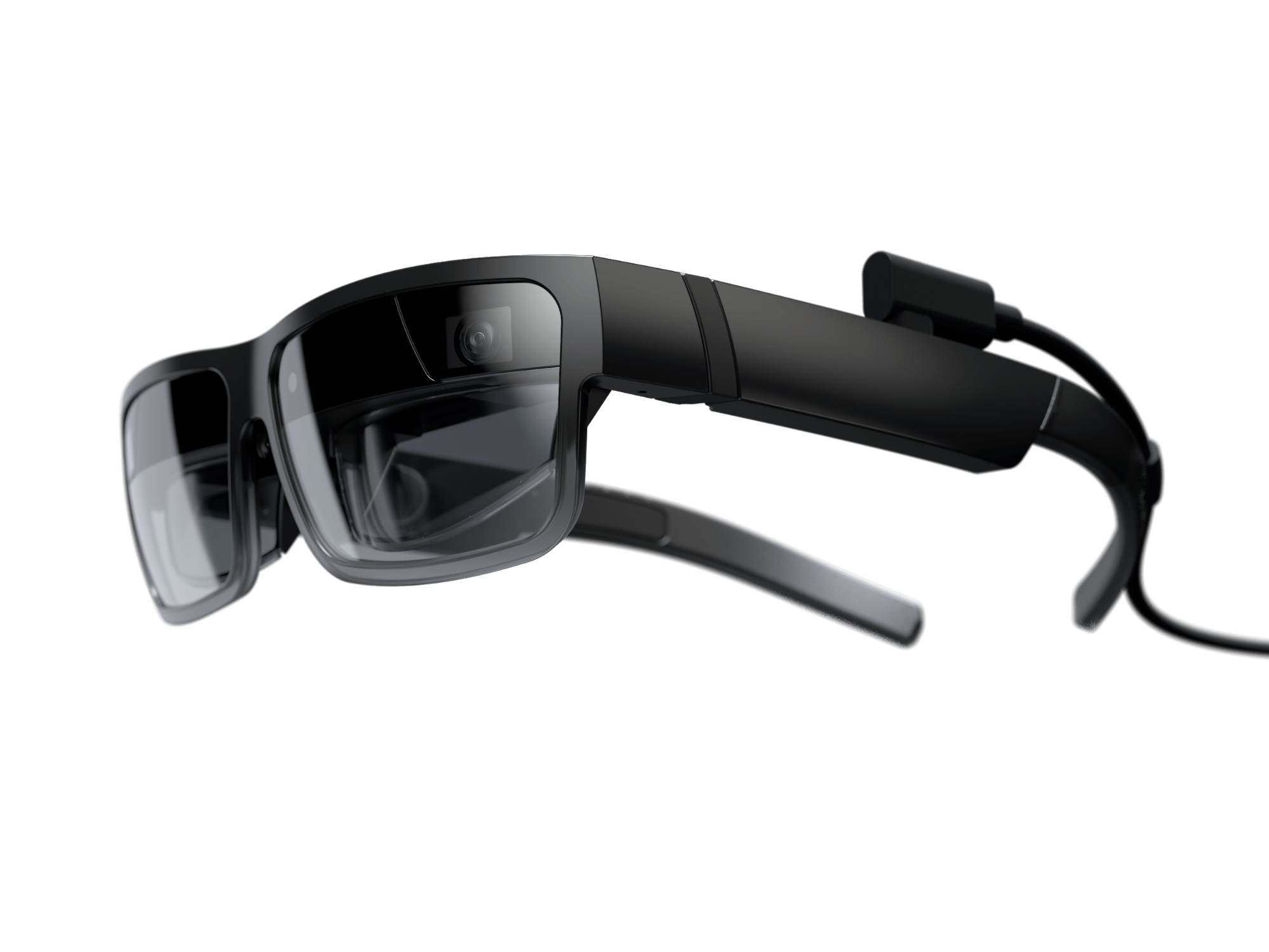Lenovo Taps Qualcomm’s AR Chip for Trim ThinkReality Smart Glasses
The ThinkReality A3 is less than half the weight of its predecessor.
Lenovo is giving its smart glasses a new chip and a lighter build. The Lenovo ThinkReality A3 smart glasses, announced today, use Qualcomm’s SoC made specifically for virtual and augmented realities, while bringing a more lightweight option to the brand’s lineup of extended reality (XR) headsets.
The ThinkReality A3 targets businesses' needs for privacy and immersiveness in training and collaboration, while also going after 3D visualization use cases in areas like design and engineering.
Lenovo ThinkReality A3 Specs
| Display | 2x stereoscopic 1080p, Pixel density: 45 pixels per degree |
| CPU | Qualcomm Snapdragon XR1 |
| Camera | 2x fisheye for room-scale tracking, 8MP RGB camera with 1080p video |
| Audio | Integrated speakers and microphones |
| Weight | 0.3 pounds (130g) |
The ThinkReality A3 is powered by a Qualcomm Snapdragon XR1 CPU (its predecessor, the ThinkReality A6, uses a Snapdragon 845), the same chip found in Google’s Glass Enterprise Edition 2 smart glasses. Qualcomm has been pretty quiet about the SoC’s specs but says its optimized for AR experiences that use AI by improving power consumption, thermals and up to 6-degrees of freedom (6DoF), which the ThinkReality A3 leverages.




In addition to 6DoF, the smart glasses support a pile of features via software:
- Voice recognition
- Object recognition
- Image recognition
- Gesture support
- Head and gaze tracking
- Barcode reader
- HDCP (High-bandwidth Digital Content Protection) for DRM (digital rights management)

While not quite as stylish as more inconspicuous smart glasses meant for wearing in the streets, like the now Google-owned North Focals, the ThinkReality A3 does its best to look like a pair of sunglasses. At 0.3 pounds (130g), these specs are less than half the weight of the ThinkReality A6, which weighs 0.8 pounds (380g). The ThinkReality A3’s arms bend, and there’s a carrying case, lanyard, belt clip, arm band and battery pack available to make travel easier. An IP54 rating also means it should be safe against limited amounts of dust and splashes of water.
With its detachable USB-C cable there are two versions of the ThinKReality A3: one that tethers to a PC and one that connects to a Motorola phone. The former is ideal for tasks like navigating Windows apps on five virtual monitors simultaneously. Lenovo sees it being used in engineering and finance, as well as companies with remote workers in need of more space and privacy.
The smart glasses will work best with a PC featuring a discrete GPU, but Lenovo said it can also work with “some integrated GPU devices.”
Get Tom's Hardware's best news and in-depth reviews, straight to your inbox.
Tying to a Motorola phone with a Snapdragon 800-series processor or better, the ThinkReality A3 Industrial Edition is more for factory and laboratory settings.
The ThinkReality A3 will be available in “mid-2021,” according to Lenovo, in select markets. Pricing wasn’t disclosed.

Scharon Harding has over a decade of experience reporting on technology with a special affinity for gaming peripherals (especially monitors), laptops, and virtual reality. Previously, she covered business technology, including hardware, software, cyber security, cloud, and other IT happenings, at Channelnomics, with bylines at CRN UK.